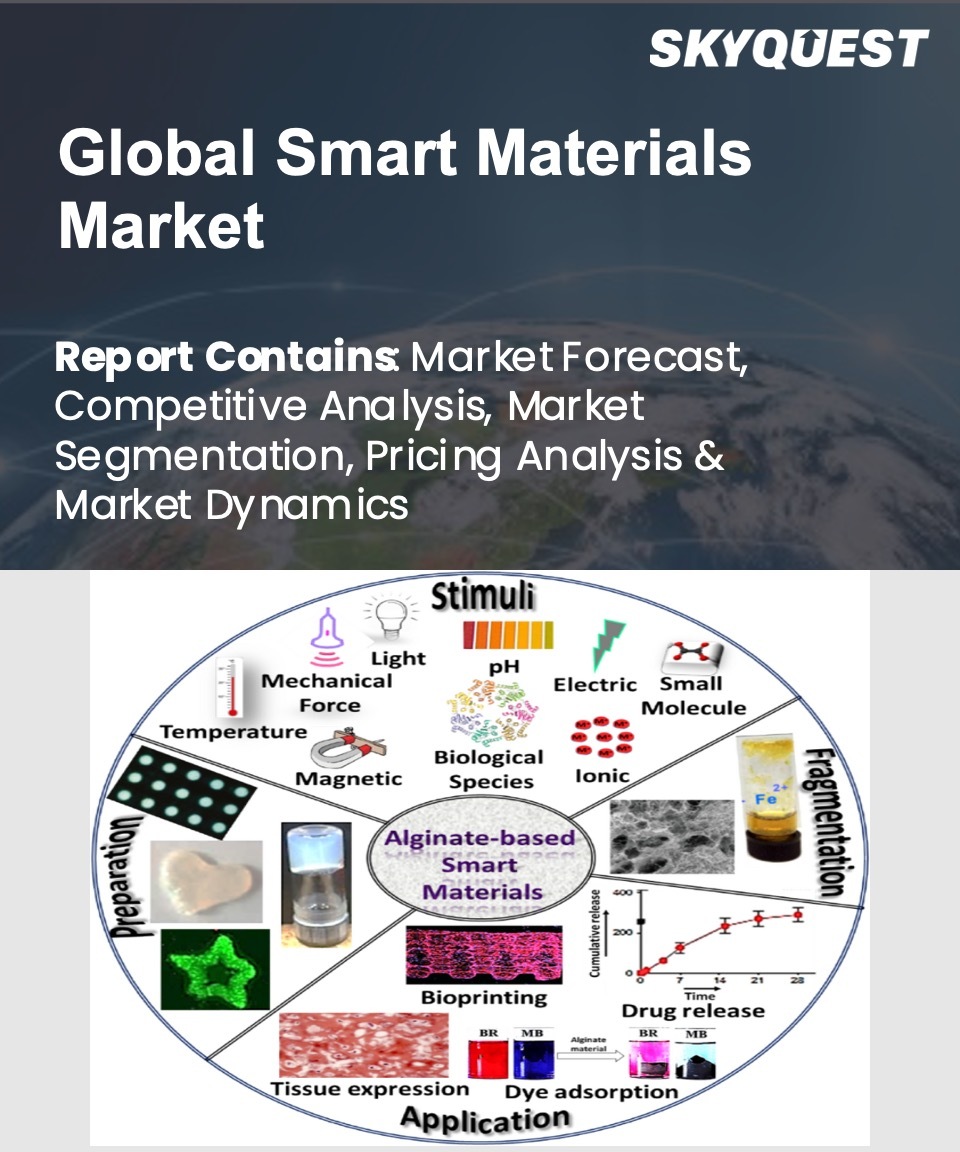
Report ID: SQMIG45I2138

Report ID:
SQMIG45I2138 |
Region:
Global |
Published Date: October, 2024
Pages:
165
|
Tables:
98 |
Figures:
77
Smart Materials Market Driver
Increase in Investments in Smart Materials R&D
Rising Use in Automotive and Aerospace Industries
Smart Materials Market Restraints
High Costs of Production
Limited Raw Material Availability
Our industry expert will work with you to provide you with customized data in a short amount of time.
REQUEST FREE CUSTOMIZATIONWant to customize this report? This report can be personalized according to your needs. Our analysts and industry experts will work directly with you to understand your requirements and provide you with customized data in a short amount of time. We offer $1000 worth of FREE customization at the time of purchase.

Report ID: SQMIG45I2138